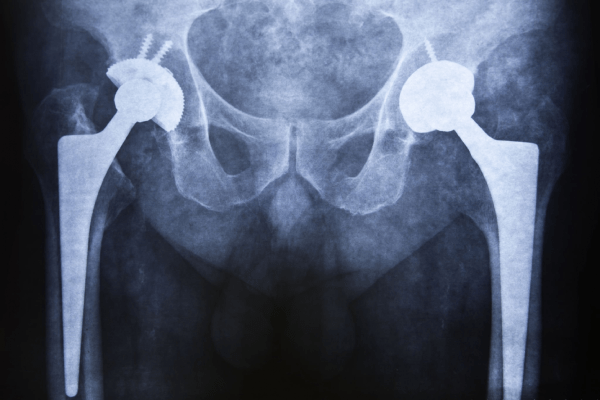Total Shoulder Replacement in Turkey: Traditional vs Reverse

How Total Shoulder Replacement is Different from Reverse?
Shoulder replacement surgery in Turkey can restore normal function to a shoulder joint that has been compromised by arthritis, a broken shoulder bone, or a severely torn rotator cuff. After the operation, you should be free of shoulder discomfort and have full range of motion in your arm.
Your orthopedic physician may prescribe either a standard total shoulder replacement or a reverse shoulder replacement if you are a candidate for total shoulder replacement surgery. Let’s go through what each of these procedures entails and where you may go for shoulder pain treatment.
Total Shoulder Replacement Surgery
The injured components of the ball-and-socket shoulder joint are replaced with prosthetic materials in traditional shoulder replacement surgery. Prostheses are used to replace either the humeral head (the top of the upper arm bone) or both the humeral head and the glenoid socket. The glenoid socket (if applicable) is replaced with a medical-grade plastic prosthesis, and the humeral head is replaced with a metal prosthesis connected to a stem.
The most prevalent causes for conventional total shoulder replacement surgery are osteoarthritis and rheumatoid arthritis. Your orthopedic physician may propose a reverse total shoulder replacement if your rotator cuff is totally damaged.
What Is the Difference Between a Reverse Total Shoulder Replacement and a Traditional Total Shoulder Replacement?
Patients with untreated severe rotator cuff injuries may develop rotator cuff tear arthropathy, a form of arthritis in which movement of the humerus (upper arm bone) produces continuous wear-and-tear damage in the shoulder. Pain, weakness, and a limited range of motion in the shoulder are all symptoms of rotator cuff issues.
A reverse complete shoulder replacement may be advised to address this problem. The goal of this operation is to stabilize the injured joint since the rotator cuff is no longer capable of holding the humeral head in the glenoid socket.
The ball-and-socket joint in the shoulder will be repositioned by the orthopedic surgeon. The humeral ball is removed and replaced with a metal ball that is connected to the shoulder blade rather than the humerus. This is referred to as a reverse shoulder replacement because a prosthetic socket is connected to the top of the humerus.
Difference In Terms of Complications
The risks of these operations are comparable to those of any other joint replacement surgery. Infection, dislocation, faulty materials, loosening of the replacement equipment, and the necessity for revision surgery are all possibilities. Additional, uncommon but specific to these two operations, risks might include substantial and long-term neurological and vascular damage.

Difference In Terms of Recovery
Both operations usually necessitate hospitalization, and patients should plan on staying for a few days. During the early stages of rehabilitation after a conventional total shoulder replacement surgery, mobility of the extremity should be restricted. This period of recuperation allows the restored joint to begin the healing process while also allowing the cement used to attach the components to recover.
However, certain range of motion activities are encouraged and suggested with the reverse complete shoulder replacement operation. This is encouraged in order to introduce the joint’s new configuration to its host body. Furthermore, both procedures require 2-3 months of intensive physical therapy, followed by a home rehab program for at least 6-12 months after the surgery.
Total Shoulder Replacement vs. Reverse Shoulder Replacement
The location of the shoulder’s new ball and socket, as well as the muscle groups on which they rely, are the two primary distinctions between a complete shoulder replacement and a reverse shoulder replacement.
The original architecture of the joint is replaced, and the shoulder’s rotator cuff muscles and tendons are relied on for strength and function.
The ball and socket of a reverse shoulder replacement are switched, and the shoulder’s deltoid muscle is used for strength and function.
Which One is Right For Me? Total or Reverse Shoulder Replacement?
Each shoulder condition will be evaluated by a Turkish orthopedic surgeon, who will discuss nonsurgical and surgical options with the patient guest. The surgeon will remove the damaged bone and arrange the new components to restore shoulder function if total or reverse total shoulder replacement is required. It takes around two hours to replace the shoulder joint with a prosthesis. The patient is in a sling after surgery and has restricted arm movement. To strengthen the shoulder and increase flexibility, physical therapy is advised.
After shoulder joint replacement surgery in Turkey, thousands of patients have reported an improvement in their quality of life. In 95 percent of instances, a multicenter research found that shoulder replacement surgery provides good to exceptional pain relief, improved function, and patient satisfaction.
Contact us to get more information about cost of shoulder replacement surgery in Turkey at the most affordable prices.



